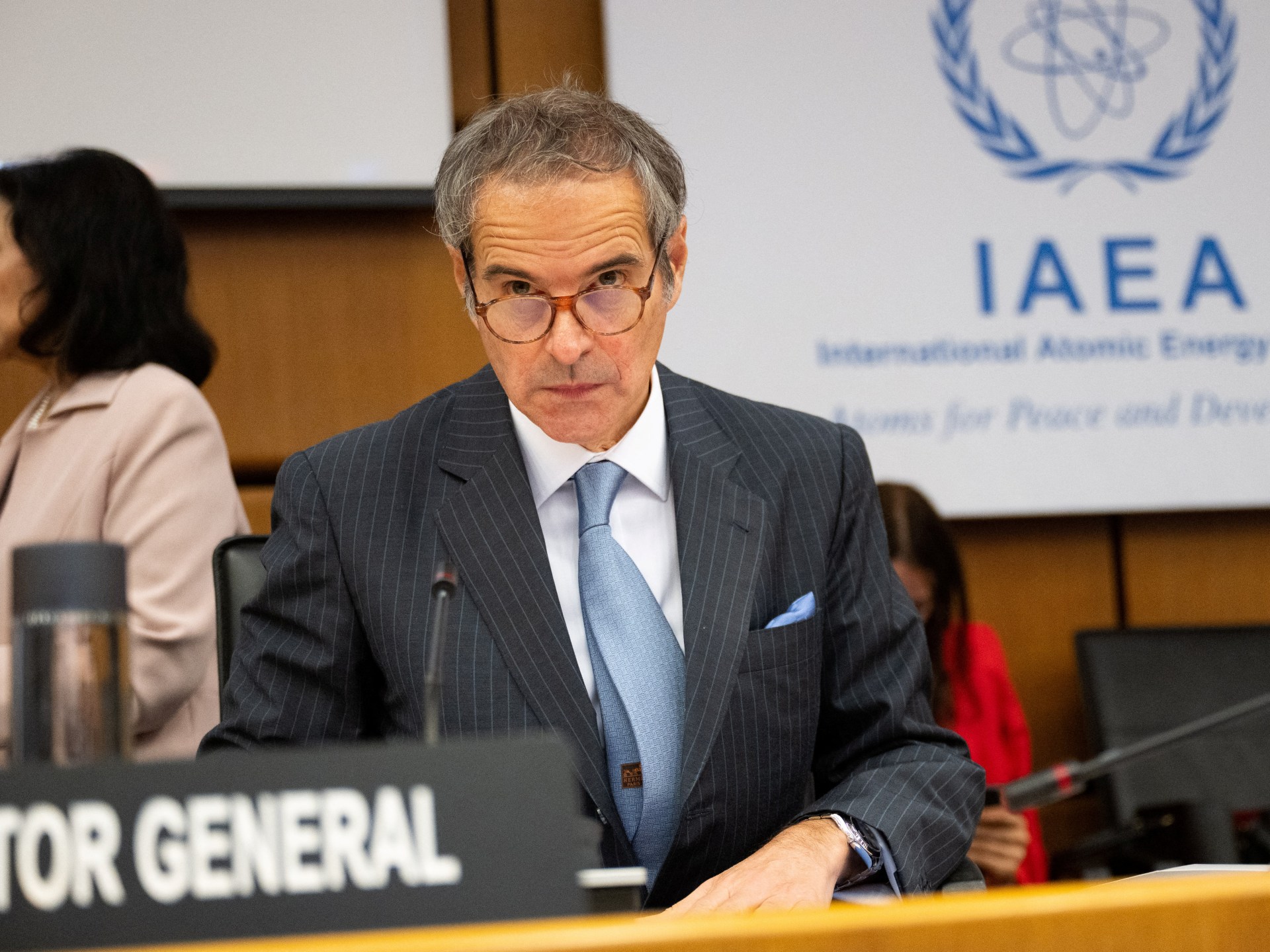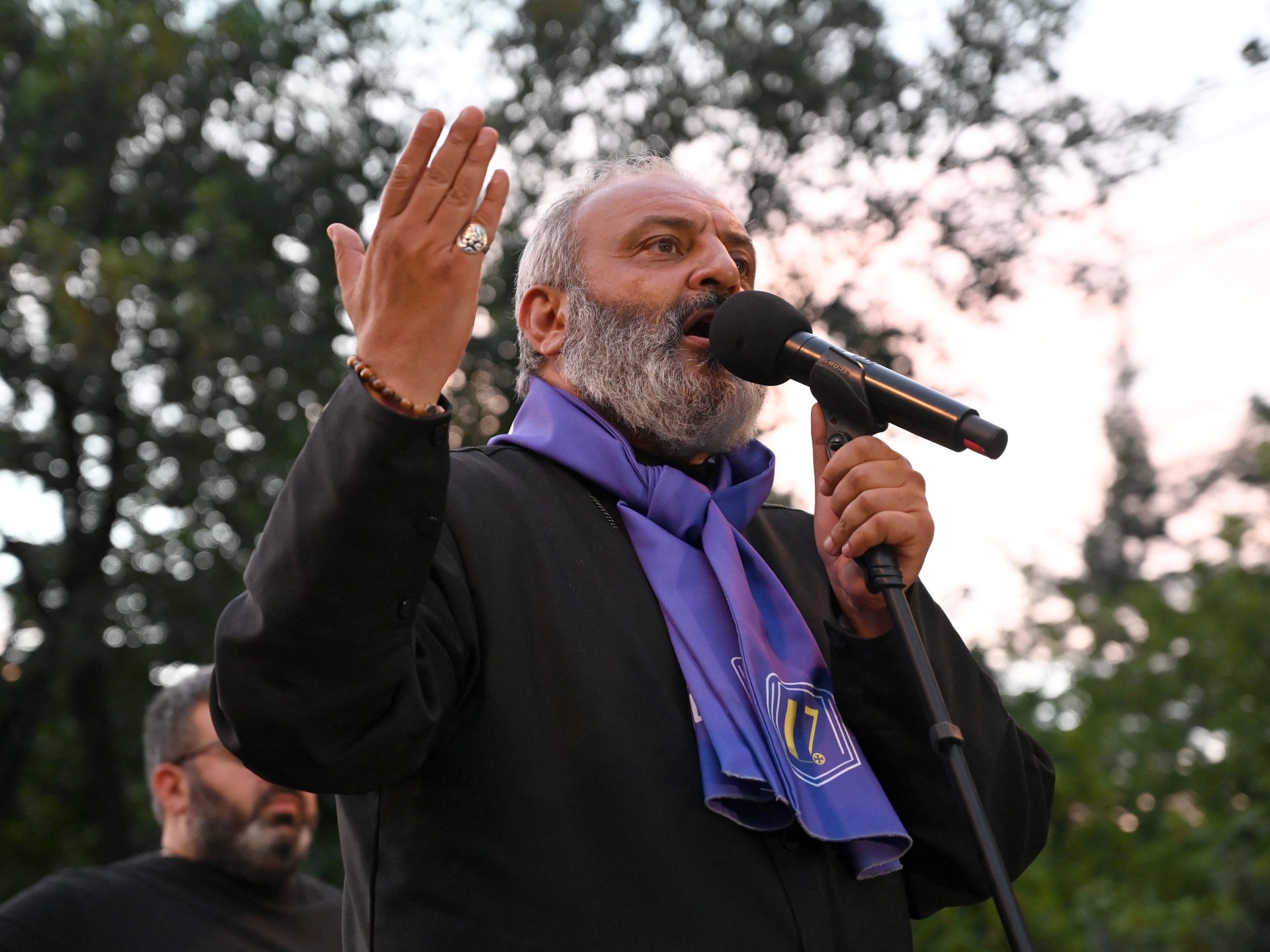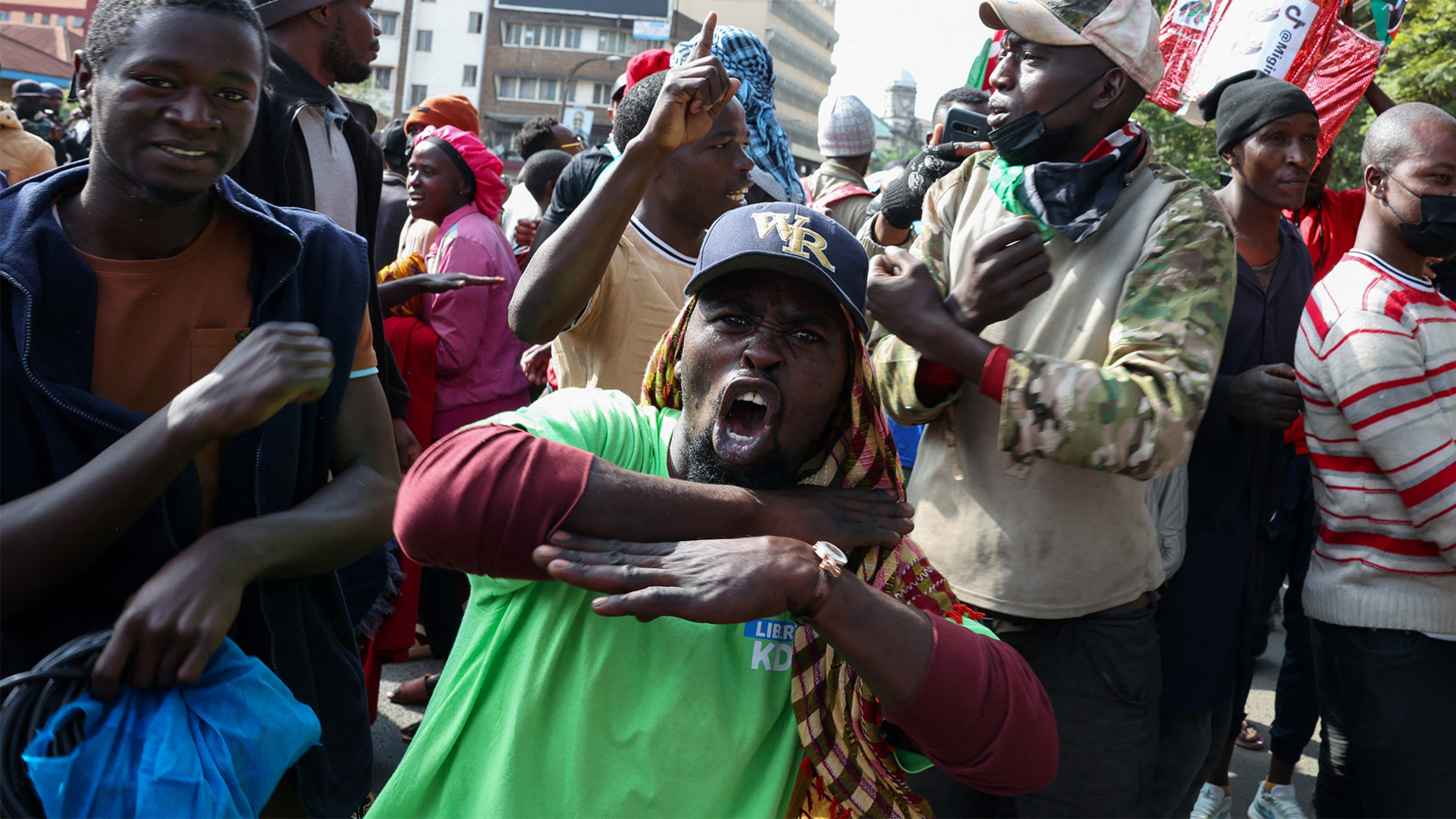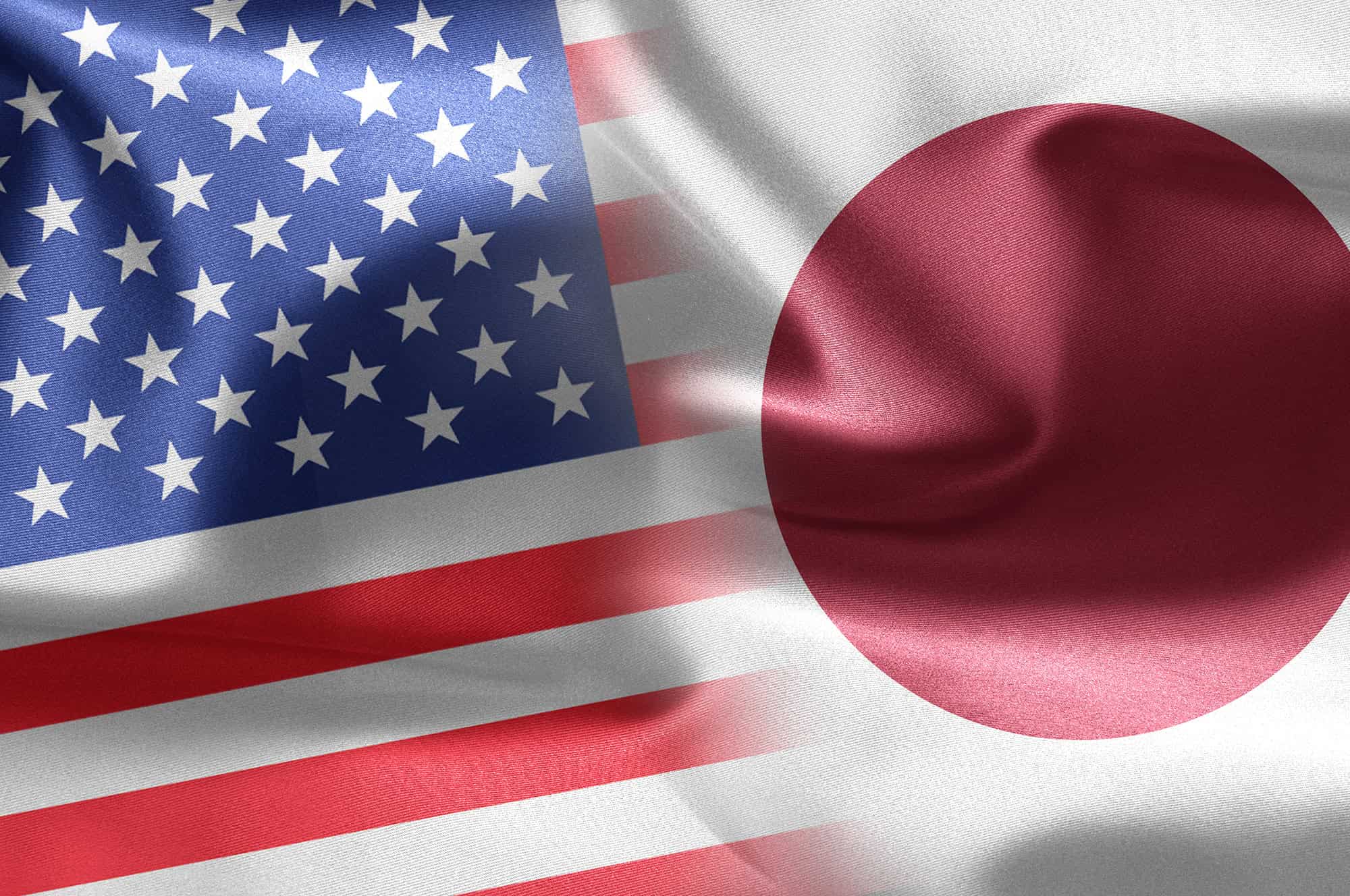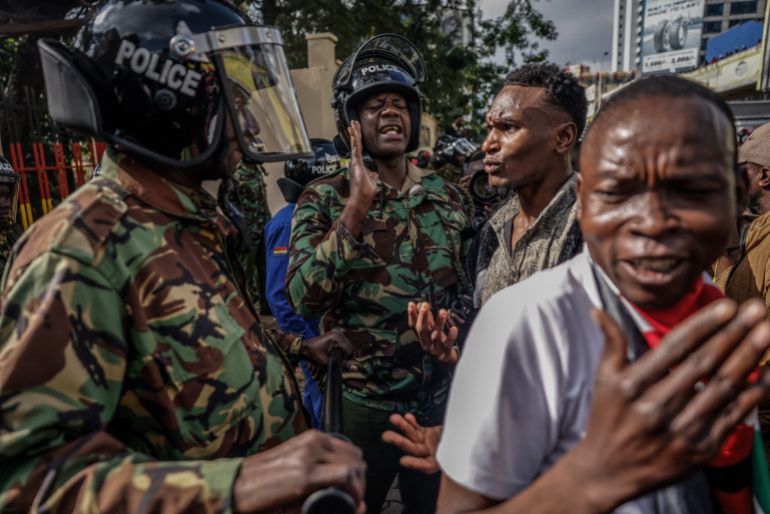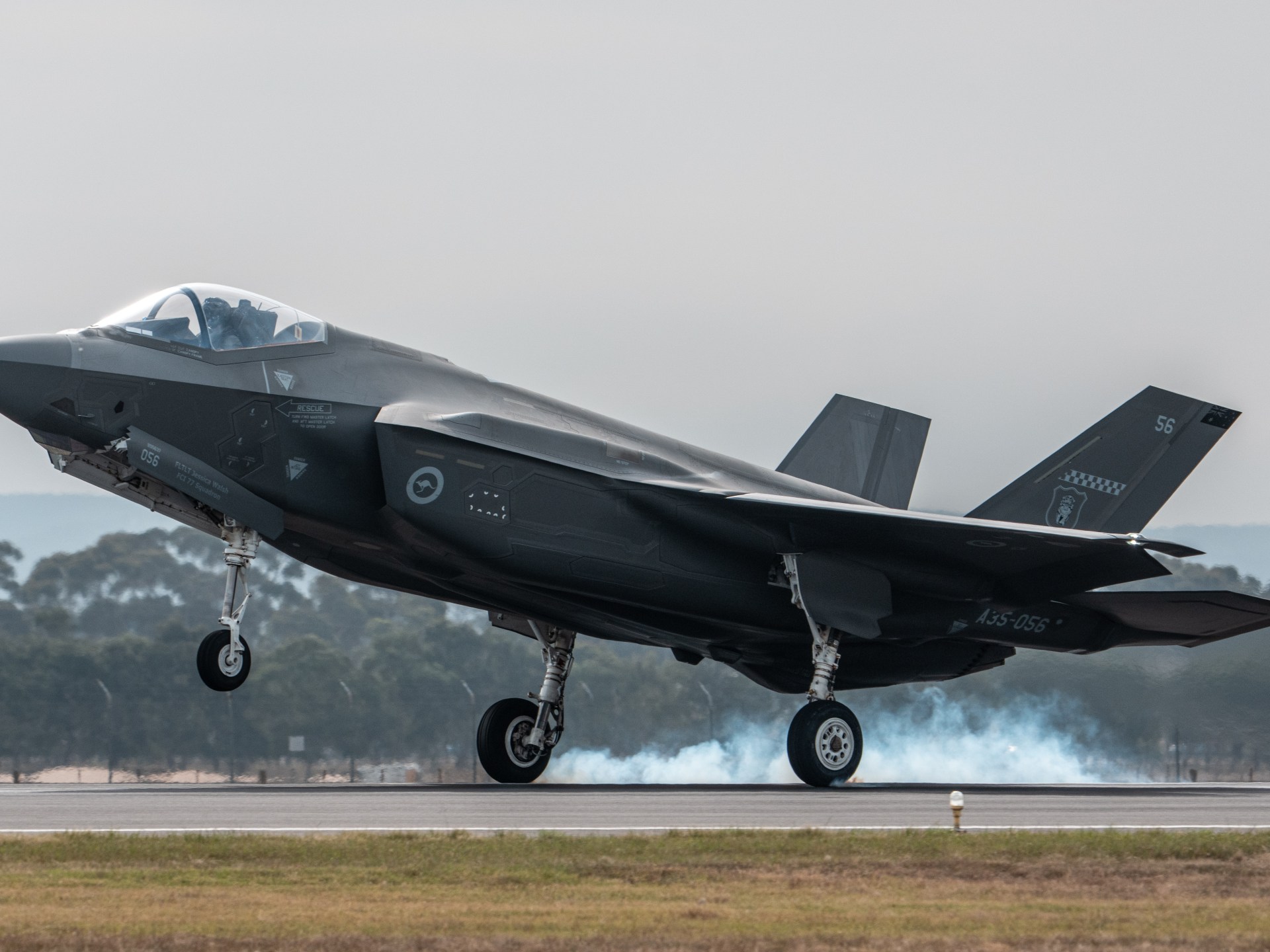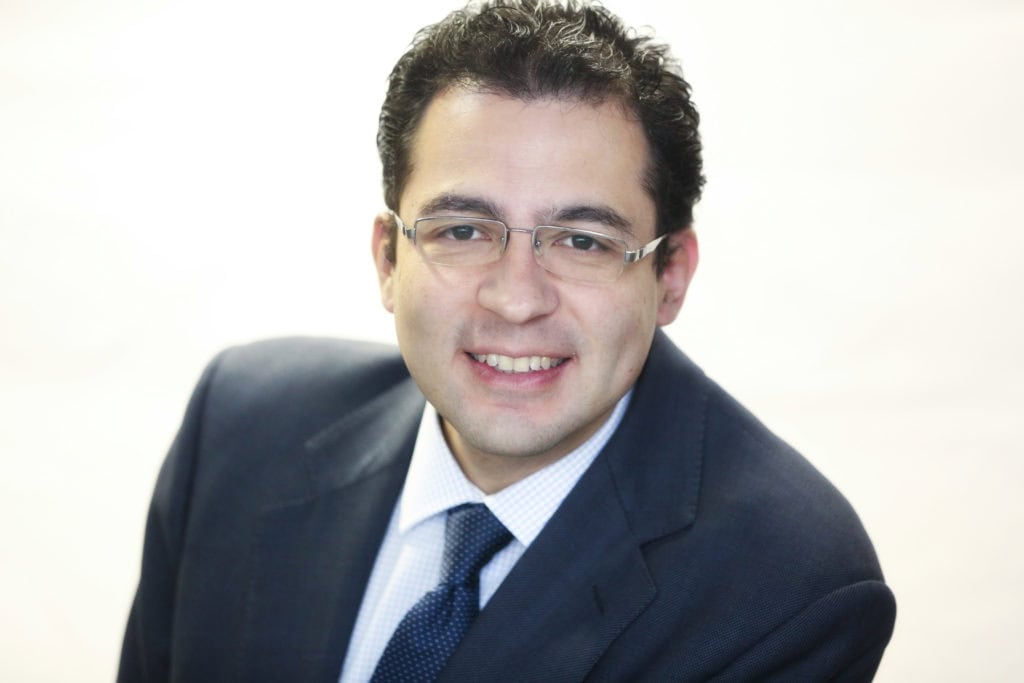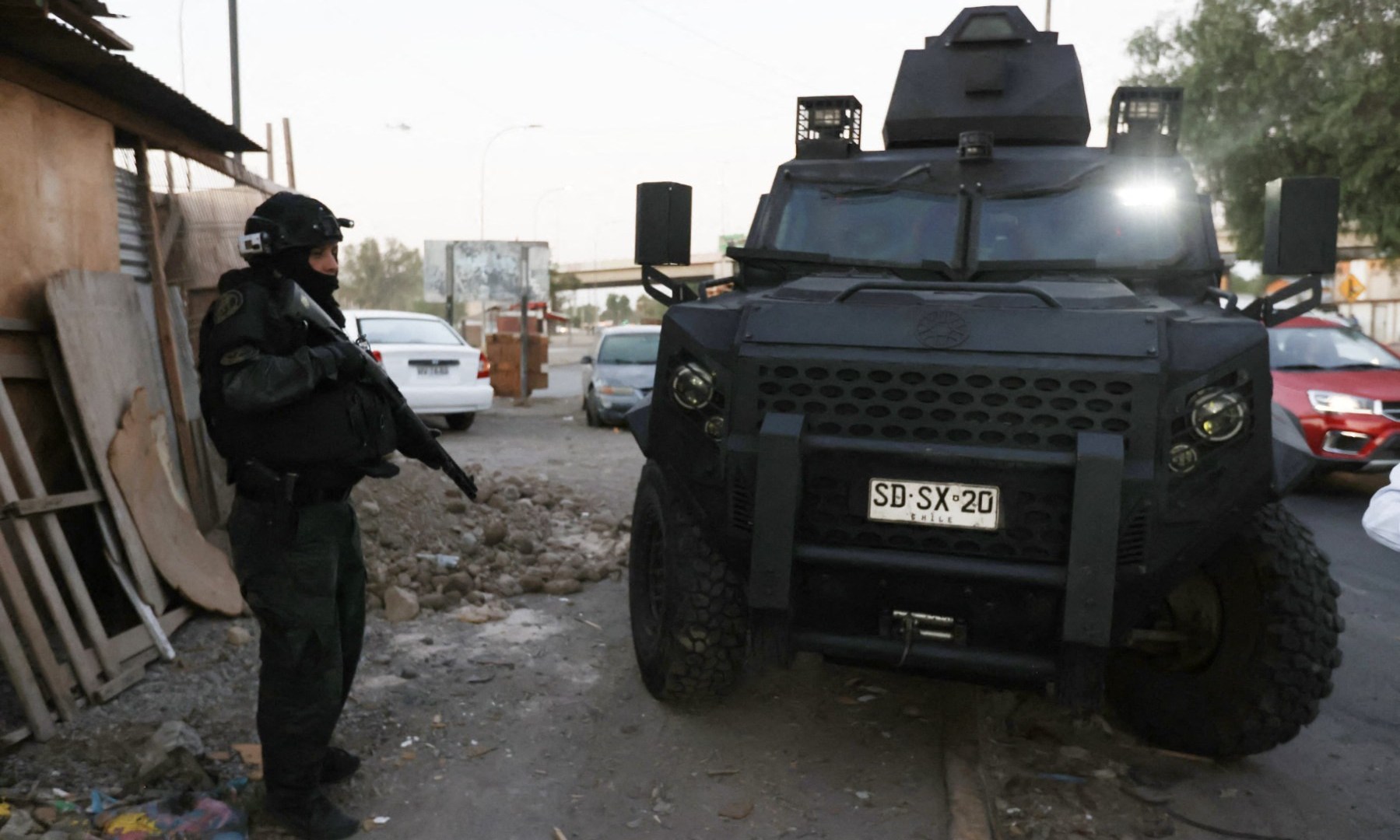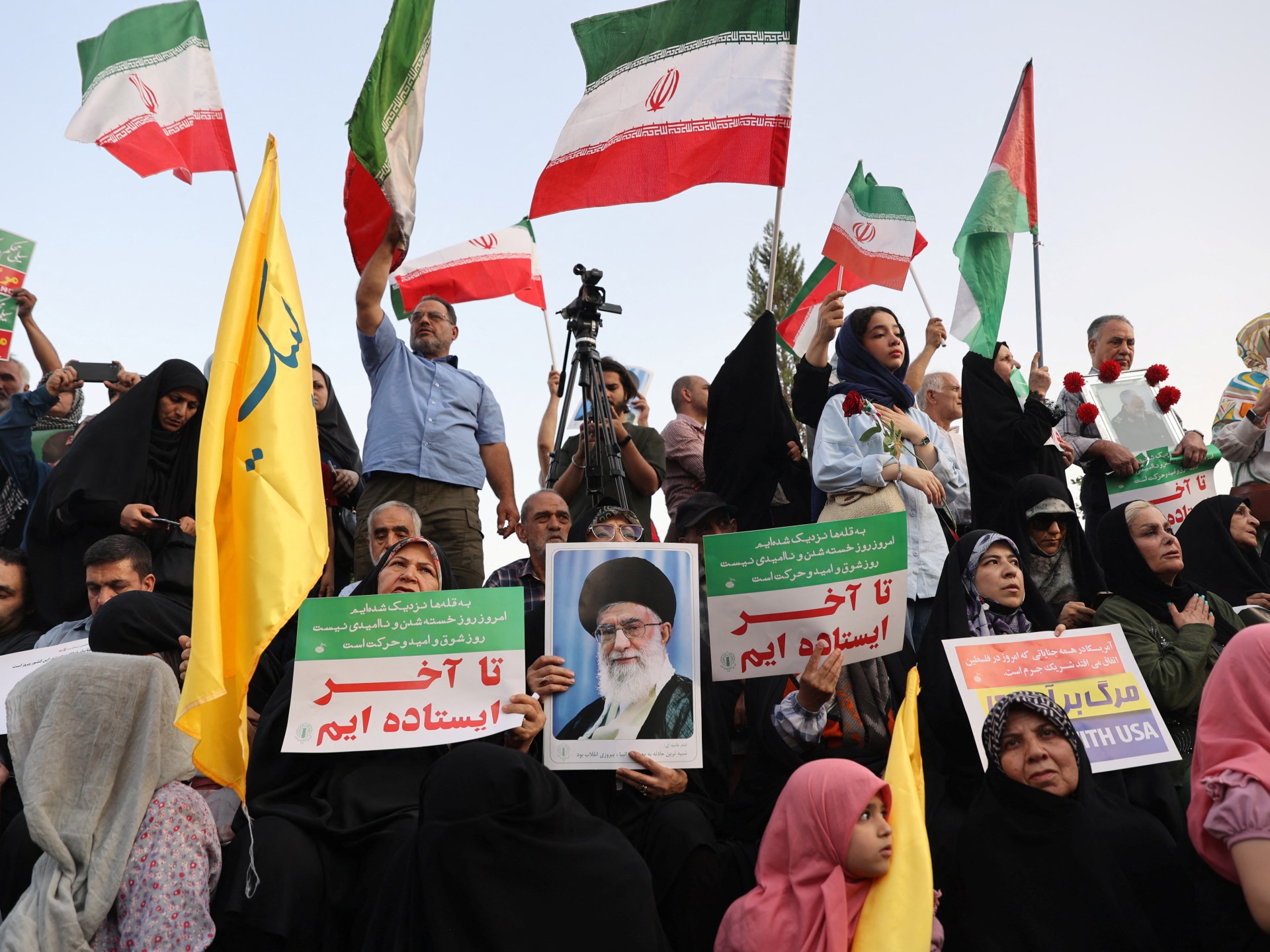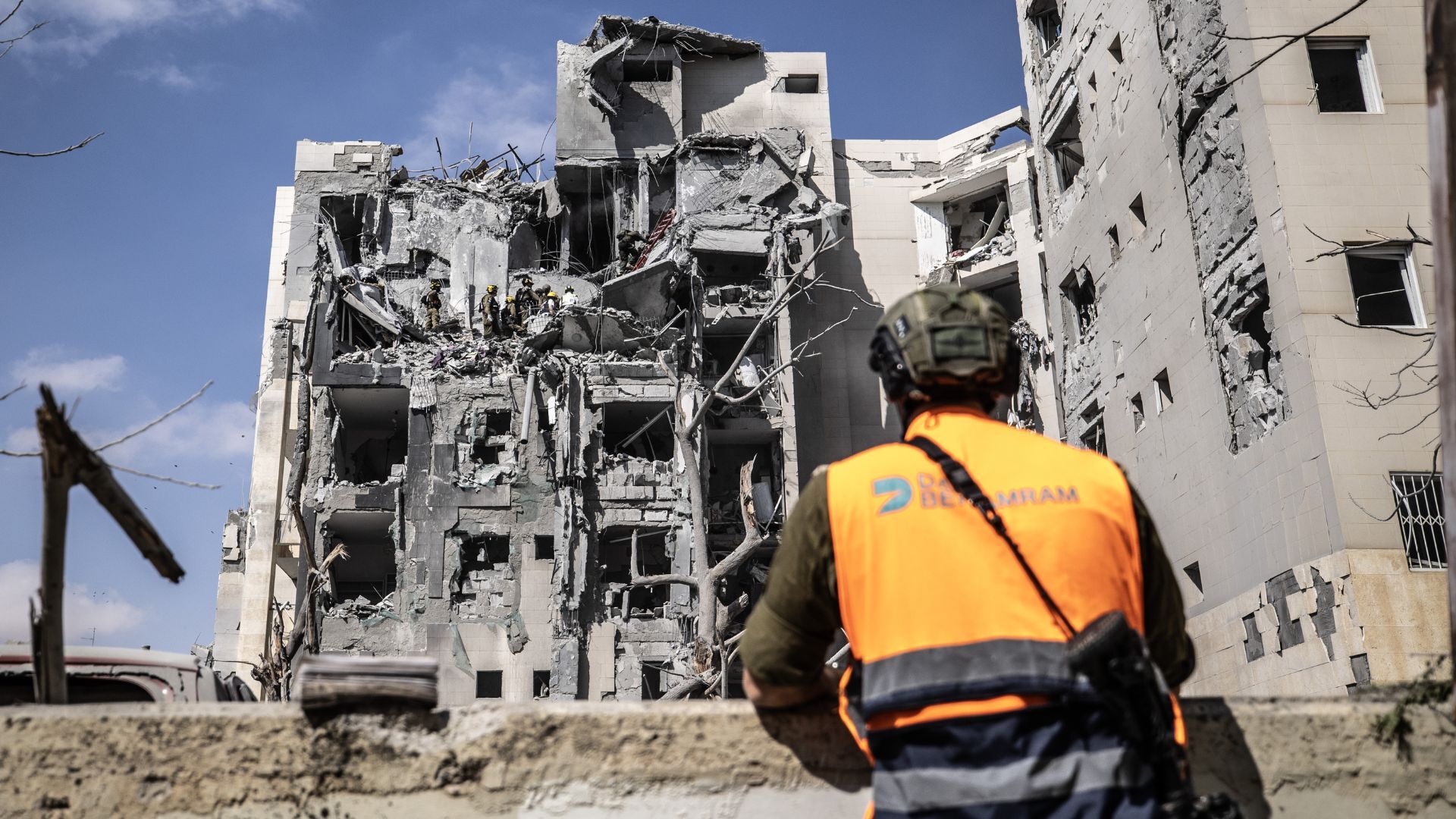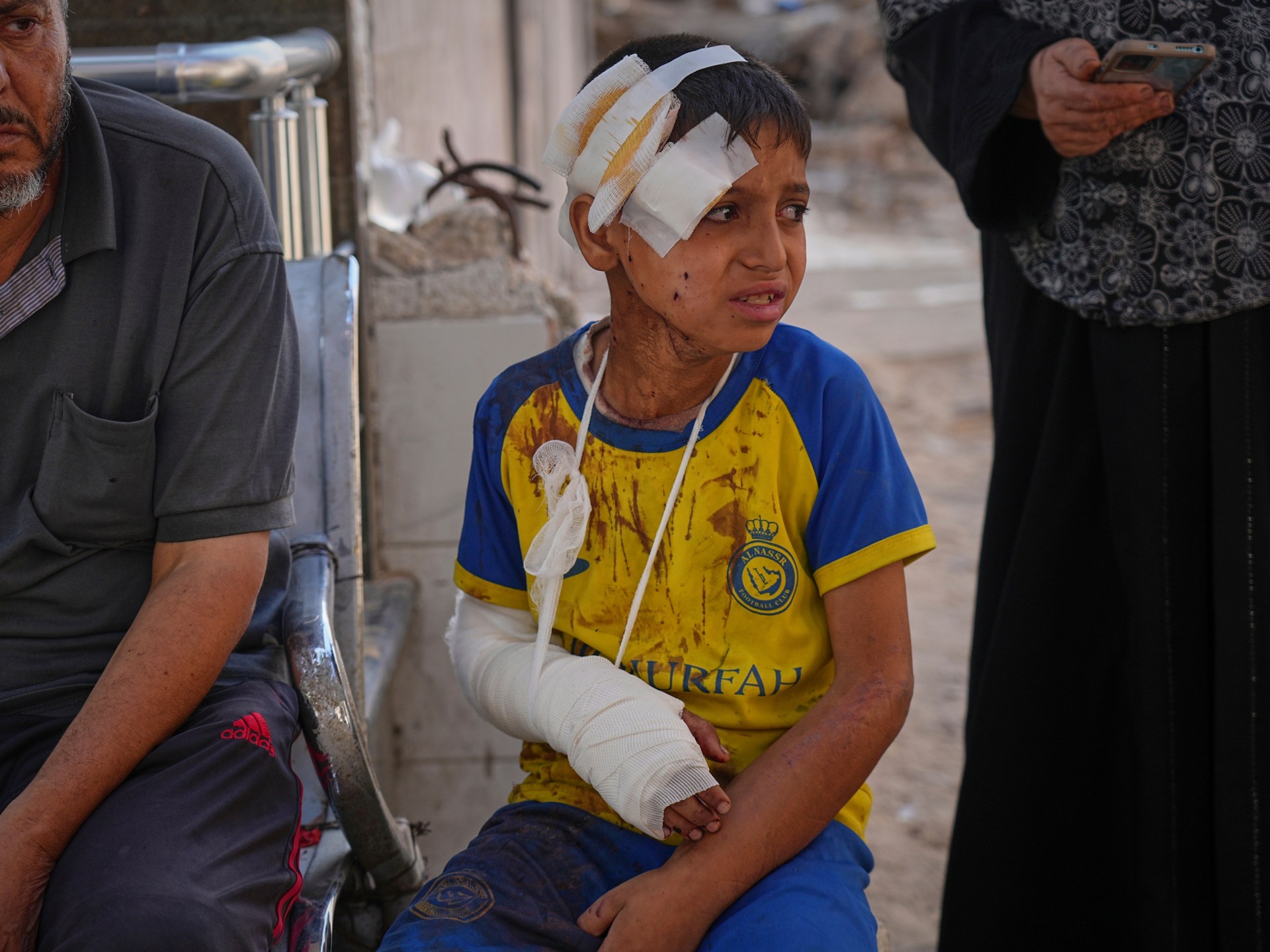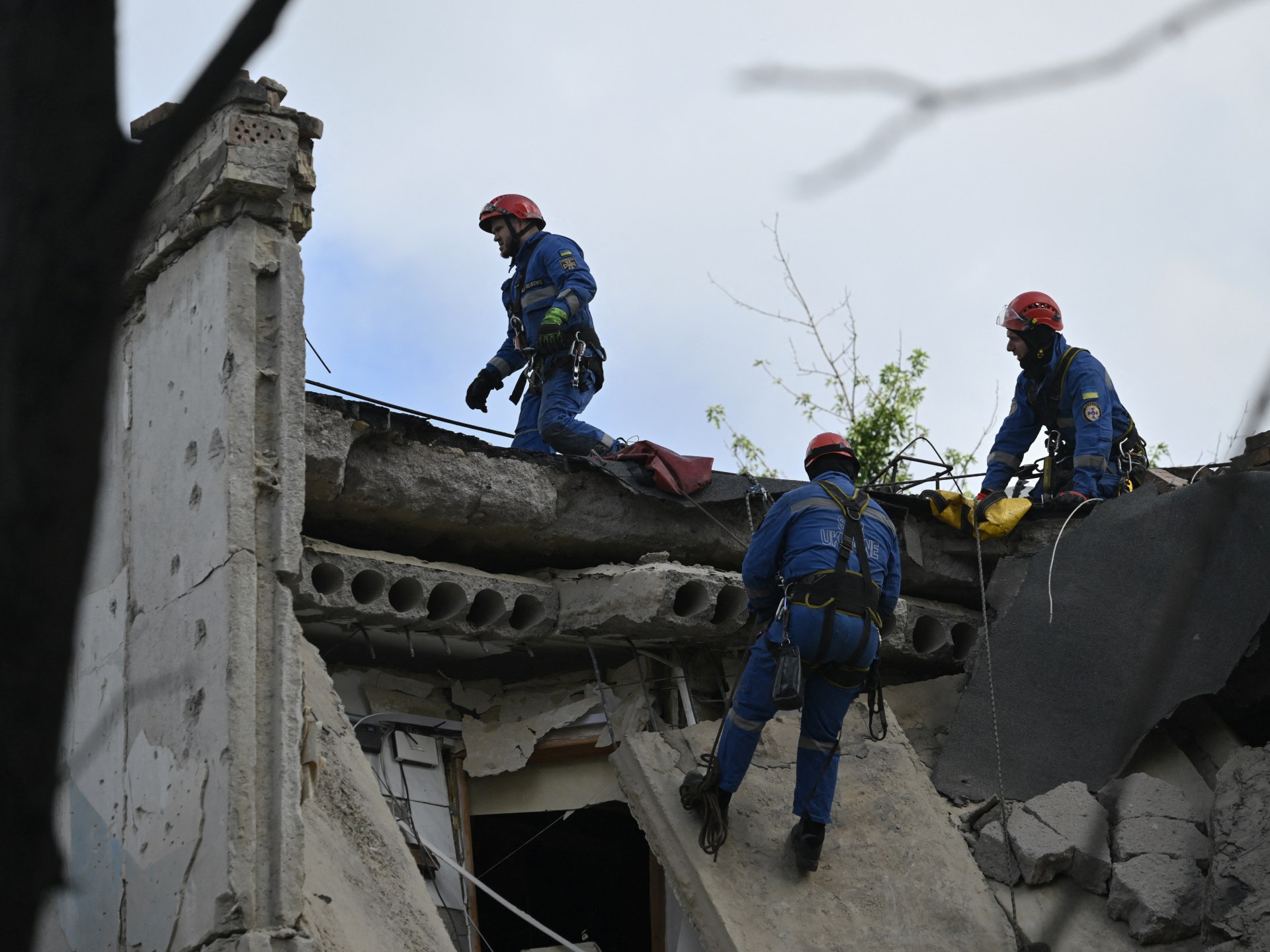Why Iran conflict has raised new questions about IAEA’s credibility | Israel-Iran conflict News
Israel launched an unprecedented strike on Iran’s military and nuclear sites on June 13, a day after the International Atomic Energy Agency (IAEA) board passed a resolution saying Tehran was not complying with its commitment to nuclear safeguards.
Though Israel did not use the United Nations nuclear watchdog’s resolution to justify the Iran attack, its Ministry of Foreign Affairs welcomed the IAEA resolution, calling it “a necessary and overdue step” that confirmed Iran’s “systematic clandestine nuclear weapons programme”.
Iran’s Ministry of Foreign Affairs and Atomic Energy Organization in a joint statement condemned the resolution, calling it “politically motivated”. The resolution, the joint statement said, “seriously undermines the credibility and integrity of the IAEA”.
Tehran insists its nuclear programme is for civilian purposes and that its facilities are monitored by the UN nuclear watchdog.
Here’s what the IAEA said about the Iranian nuclear programe earlier this month, and its criticisms against its past actions.
Did the IAEA think that Iran was building nuclear weapons?
The IAEA cannot fully assess Iran’s nuclear energy programmes, as Tehran halted its implementation of the Additional Protocol in February 2021, which permitted the IAEA enhanced inspection rights – including snap inspections and continuous surveillance.
Iran continued to comply with IAEA’s Comprehensive Safeguards Agreement after 2021, which permitted access to Iran’s declared nuclear sites (Natanz, Fordow, Bushehr) and also allowed for routine monitoring and verification of declared nuclear material.
At a press event in Vienna on June 9, however, IAEA Director-General Rafael Grossi said Iran’s recent failure to comply with reporting obligations had “led to a significant reduction in the agency’s ability to verify whether Iran’s nuclear programme is entirely peaceful”.
During the IAEA’s Board of Governors meeting (which took place from June 9-13), Grossi said Iran had “repeatedly either not answered… the agency’s questions” regarding the presence of man-made uranium particles at three locations – Varamin, Marivan and Turquzabad.
Grossi also described Iran’s “rapid accumulation of highly-enriched uranium” as a “serious concern”, referring to the 60 percent pure uranium enrichment facilities at Fordow and Natanz.
In 2023, the IAEA had discovered 83.7 percent pure uranium particles at Fordow – close to the 90 percent purity required to make an atomic bomb.
On June 12, one day before Israel’s attacks on Iran’s nuclear facilities, the IAEA board passed a resolution declaring that Tehran was breaching its non-proliferation obligations.
Al Jazeera’s Hashem Ahelbarra, reporting from Vienna on June 12, noted it was the first time in almost 20 years that the IAEA, which monitors Iran’s nuclear programme, had accused Tehran of breaching its non-proliferation obligations.
Last week, however, Grossi emphasised that the IAEA had found no evidence of Iranian nuclear weapons production.
In an interview with Al Jazeera on June 19, Grossi was emphatic that Iran’s alleged violations of its assurances had not led his agency to conclude that Tehran was building bombs.
“We have not seen elements to allow us, as inspectors, to affirm that there was a nuclear weapon that was being manufactured or produced somewhere in Iran,” he said.
United States Vice President JD Vance invoked the IAEA resolution to make a case for the military action against Iran.
“They’ve been found in violation of their non-proliferation obligations by the International Atomic Energy Agency (IAEA), which is hardly a rightwing organization,” he posted on X on June 17.
The US president ordered his military to bomb three Iranian sites on June 22 – a decision welcomed by Israeli Prime Minister Benjamin Netanyahu, who has been making claims for decades that Iran was on the cusp of making nuclear weapons.
Trump has claimed that the nuclear sites have been “obliterated” and Iran’s nuclear programme has been set back by decades.
How has Iran responded?
On June 23, the national security committee of Iran’s parliament approved the outline of a bill designed to suspend Tehran’s cooperation with the UN nuclear watchdog, committee spokesperson Ebrahim Rezaei told the Tasnim news agency.
Rezaei said that, according to the bill, installing surveillance cameras, allowing inspections, and submitting reports to the IAEA would be suspended as long as the security of nuclear facilities is not guaranteed. Iran joined the IAEA in 1959.
In particular, Rezaei said Iran asserts its right, as a 1968 signatory to the UN’s nuclear Non-Proliferation Treaty (NPT), to develop nuclear technology for peaceful purposes, including uranium enrichment.
Parliament still has to approve the NPT withdrawal bill in a plenary.
Tehran has long complained that the treaty fails to protect it from attack by a country with a nuclear arsenal, the US, and another widely believed to have one, Israel.
What’s more, Iranian authorities have claimed Grossi is looking to become the next secretary-general of the UN, and is therefore sacrificing the nuclear watchdog’s integrity by adopting pro-Western rhetoric to gain personal favour.
On June 1, the head of Iran’s Atomic Energy Organization, Mohammad Eslami, told state TV: “Rafael Grossi [is] driven by his ambitions and a strong desire to become the UN secretary-general, is seeking to gain the approval of a few specific countries and align himself with their goals.”
Did the IAEA skirt controversy over the Fukushima disaster?
In June 2023, the Japanese government started releasing treated, but still radioactive, water from the ruined Fukushima Daiichi nuclear power station into the Pacific Ocean.
The IAEA gave the controversial plan the green light following a two-year review.
At the time, Grossi said the agency’s safety review had concluded the plan was “consistent with relevant international safety standards… [and] the controlled, gradual discharges of the treated water to the sea would have a negligible radiological impact on people and the environment”.
More than 1.3 million tonnes of water had built up at the Fukushima plant since a March 2011 tsunami destroyed the power station’s electricity and cooling systems and triggered the world’s worst nuclear disaster since Chornobyl.
The release of the water, which began in August 2023, encountered fierce resistance from Japan’s neighbours and Pacific island nations as well as fishing and agricultural communities in and around Fukushima, which fear for their livelihoods.
Beijing, in particular, was a fierce critic of the water discharge plan. In a statement following the IAEA’s July 2023 report, China’s Ministry of Foreign Affairs chastised its “hasty release”, claiming it “failed to fully reflect views from experts”.
Are there echoes of Iraq in the current debate about Iran?
To several observers, there are.
In the lead-up to the 2003 US invasion of Iraq, the US and the United Kingdom asserted that Iraq possessed Weapons of Mass Destruction (WMDs), including chemical weapons, in addition to pursuing a nuclear weapons programme.
These claims were central in justifying military action under the argument that Iraq posed an imminent threat to regional and global security.
Towards the end of 2002, the IAEA carried out several inspections of Iraqi weapons programmes.
In early 2003, they established the existence of high-tolerance aluminium tubes in Iraq. In theory, these can be used to enrich uranium for use in a nuclear warhead.
The aluminium tubes became a cornerstone in the Bush administration’s Iraq mandate. As the only physical evidence the US could brandish, they gave credibility to the apocalyptic imagery invoked by President George W Bush and his advisers.
The tubes were “only really suited for nuclear weapons programmes”, Condoleezza Rice, the US national security adviser, explained on CNN on September 8, 2002. “We don’t want the smoking gun to be a mushroom cloud.”
For its part, the IAEA refuted the theory that the tubes were destined for use in a nuclear programme. And after the invasion, extensive searches found no active WMD programmes in Iraq.
